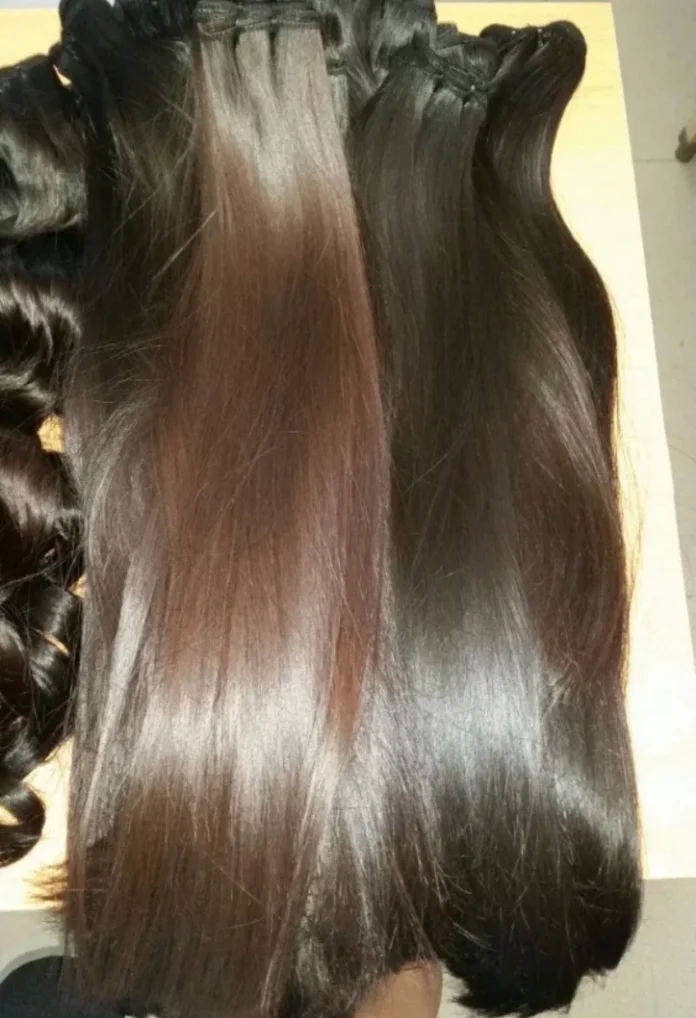Identifying raw hair is important, especially if you’re considering hair extensions, wigs, or other hair products. Raw donor hair refers to hair that has been collected from donors without any processing, such as coloring, perming, or chemical treatments. Here’s how you can tell if hair is raw donor hair:
1. Check for Natural Color and Texture
- Natural Color: Donor hair will have a natural color, which can range from black to brown to blonde. There should be no signs of artificial dye or color processing.
- Natural Texture: The texture of raw donor hair should be consistent with the donor’s natural hair type, whether it’s straight, wavy, or curly.
2. Inspect for Processing Signs
- Chemical Processing: Look for signs of chemical treatments. It should not show signs of bleaching, perming, or relaxing. Processed hair often appears more damaged or has a different texture.
- Color Variation: Even if the hair is dyed or bleached, the color may be uneven or show signs of damage. It should have a uniform color and appearance.
3. Examine the Cuticle
- Intact Cuticle: It will have an intact cuticle, which is the outer layer of the hair that helps protect it. This layer should lie flat and be directed in the same direction from root to tip.
- Cuticle Removal: In processed hair, the cuticle might be removed or damaged. Raw hair should feel smooth and natural.
4. Look for the Hair’s Origin
- Source Information: Reputable suppliers should provide information about the origin of the hair, such as the country or region from which it was collected. Raw donor hair is often sourced from specific regions known for high-quality hair.
- Documentation: Ask for any available documentation or certification that confirms the hair is raw and has not undergone processing.
5. Conduct a Strand Test
- Hot Water Test: Place a strand of the hair in hot water. Donor hair will react similarly to how it would in natural conditions, while processed hair might change in texture or color.
- Chemical Test: Apply a small amount of hydrogen peroxide or another chemical agent to see if the hair reacts. Processed hair will often show a reaction (e.g., color change) while raw hair should remain unchanged.
6. Check for Odor
- Natural Odor: Donor hair might have a slight natural odor due to the natural oils and proteins in the hair. Processed hair may have a stronger chemical smell from treatments.
7. Assess Hair Health
- Condition: Donor hair should be in good condition, with minimal split ends or damage. It should look healthy and vibrant.
- Moisture: Raw hair retains natural moisture, giving it a more natural shine and softness.
8. Ask the Seller
- Vendor Reputation: Purchase from reputable suppliers or salons with a history of selling raw, high-quality hair. They should be able to provide information and answer questions about their products.
- Return Policy: Check if the supplier has a return or exchange policy in case the hair does not meet your expectations.
By following these steps, you can better determine whether the hair you’re considering is raw donor hair or if it has been processed. Ensuring the authenticity of the hair is crucial for achieving the best results and maintaining the quality and appearance of your hair extensions or wigs.










